When it comes to penny-pinching, the grocery budget is generally the first place most people start looking for a way to slash.
Unfortunately, for those of us on a gluten-free diet, slashing the grocery budget can seem next to impossible.
The average blog post, Pinterest tip, or TV segment generally has little to offer when it comes to saving money on a specialty diets. But don’t lose heart. It can be done.
Looking for gluten-free resources? This Everything Gluten Free page is a library of everything gluten free we’ve worked on.
10 Tips for Eating Gluten Free without Breaking the Bank
It’s possible to eat a gluten-free on a budget. Here are some tips to get your money-saving, creative juices flowing.
1. Shop your cupboards.
Try to utilize what you already have on hand for your meals. What’s in your cupboard or stashed in the recesses of .your freezer? Check out My Recipe Magic or another recipe site before you go to the store to buy more food.
2. DIY cheaper options
While it’s much healthier to go gluten-free without the gluten-free junk food (you know, muffins, breads, cookies, etc.) if you decide to go that route you can make your own and not only will it be cheaper, it will be healthier too. You can even mill your own flour for extra savings. You can use unflavored gelatin instead of xanthan and guar gum.
3. Ask for deals.
You’d be surprised how many deals you can get by simply asking. Shoot your favorite companies an email and ask if they have any promotional coupons. Be sure to join their mailing list and follow their Facebook page. They’re sure to give their followers the best deals.
4. Shop on sale days.
Find out if your local store has special sales. Our local health food store has a big sale the 2nd Tuesday of every month along with annual customer appreciation days. Join health food stores mailing lists and like their Facebook pages too.
5. Check out Asian Food Stores
Asian food stores sometimes have great steals on gluten-free food items like rice noodles, tapioca flour, rice flour, and rice wraps. Be especially careful if the labels are not in English.
6. Shop at one store
Do you have a hard time sticking to your list? Shopping just one store might help you save money. If you’re like me and spend $70 when you go into a store just to get one thing, you’ll do better shopping sales at just one store instead of multiple stores.
7. Bulk purchases on Amazon
Take advantage of bulk Amazon purchases for the products you love. Just be sure they’re really cheaper. The best buys I’ve found are Gluten-Free Bisquick, Gluten-Free Pasta, and Cup-For-Cup replacement flour.
8. Skip specialty gluten-free snacks.
You can generally save more money by eating naturally gluten-free foods. Want some great ideas? Check out this post with 101 gluten free snack ideas for kids (and their parents too).
9. Don’t buy gluten-free convenience meals, unless…
Unless your gluten-free convenience meals will keep you from going out to eat, it’s best to skip them. They’re typically expensive and filled with junk. Think ahead about meals that are naturally gluten-free and easy to prep — throw together an omelet or big dinner salad (your body and wallet with thank you).
10. Stock up on bargain foods
These foods are gluten-free and always a bargain!
- Beans
- Marked down meat (providing it has no seasoning or added sauce)
- Frozen vegetables (providing they don’t have added seasoning or sauce)
- Produce that is always a bargain: bananas, apples, apples, potatoes, lettuce, and onions
- In-season produce (when spaghetti squash is in season this makes a cheaper substitute for gluten-free pasta)
- Raisins
- Yogurt (make your own to save even more money)
- Cheeses including cottage cheese (I live in a dairy. I realize dairy products aren’t bargains everywhere.)
- Nuts (these are generally cheaper than specialty gluten free snacks)
Need more help transforming your grocery budget?
I’m certainly not the guru of grocery budgeting. But I’ve learned a few things along the way (and made lot of mistakes too).
This summer, I had the opportunity to meet Tiffany and her family—she is the guru of grocery budgeting! In fact, I was so impressed with her families story of digging themselves out of big-time debt while eating healthy, real foods I knew I had to check out her program—Grocery Budget Bootcamp.
Many programs focus just on getting your grocery budget under control, but Grocery Budget Bootcamp is different. It focuses on eating real, healthy foods on a budget!
Yes, even if you are dealing with food allergies and picky eaters, this course will work for you.
Yes, you’ll have to put the time into the course to make it work for you (but it’s a short-term time investment for long-term savings). This isn’t a quick fix. This is an intense 8 week course. But when you put the work in, you will reap the rewards.
And yes you’ll also have to make a small monetary investment in the course to save money. But get this, most graduates of the program save an average of $400 on their grocery bills by the end of the 8 week course and there are some students that have saved up to $1000 during that 8 week time frame! Imagine how much you’ll be savings after a year of implementing these strategies.
The course only opens up a few times a year, so be sure to get in the doors while you can!

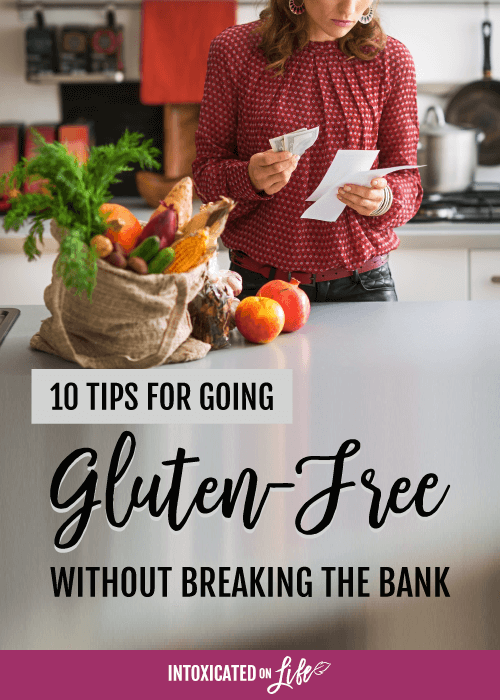
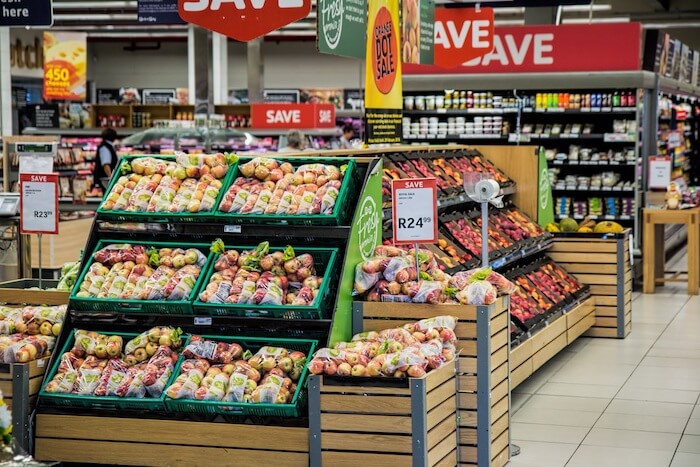
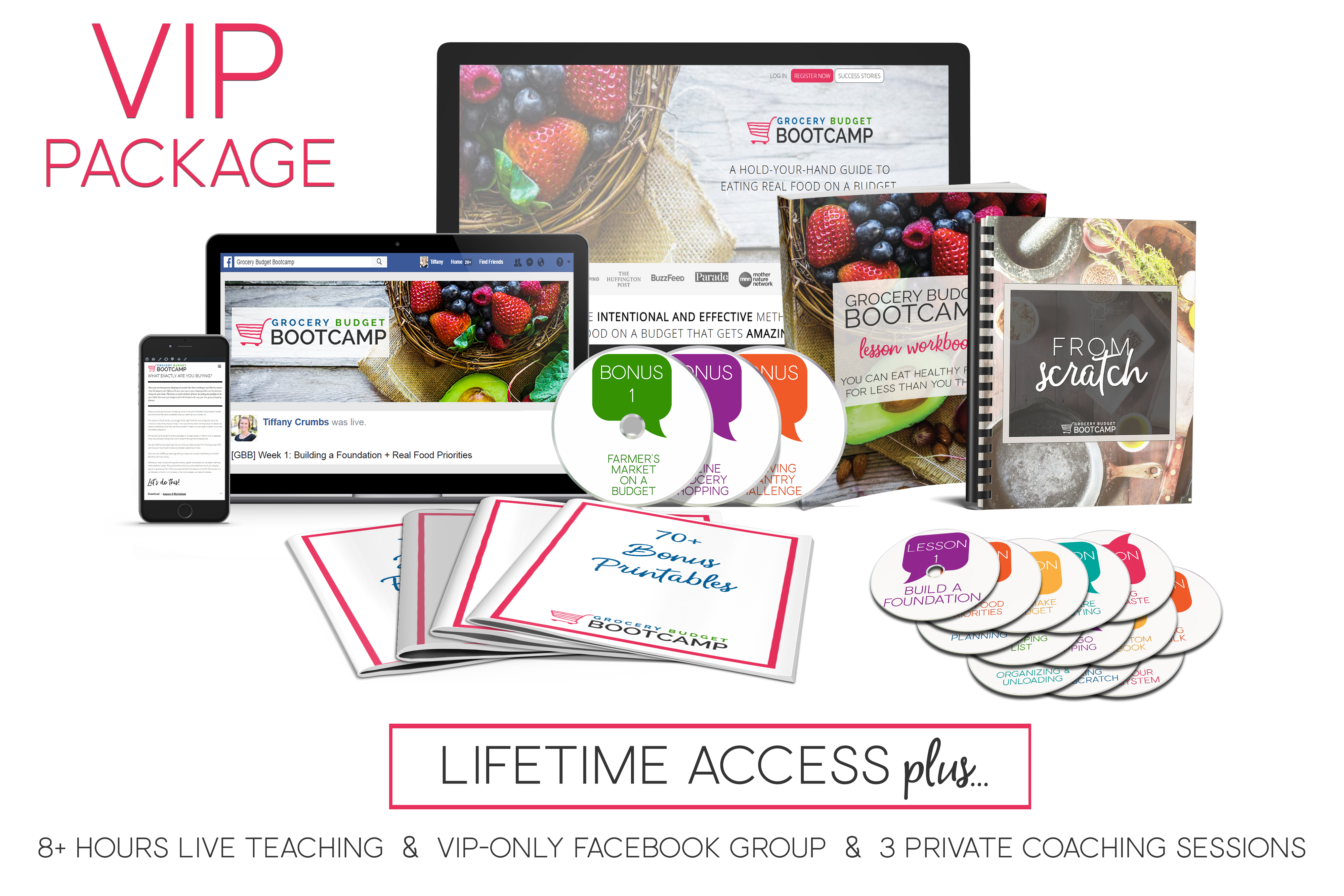



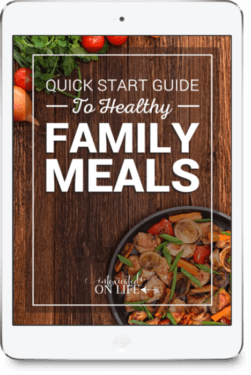



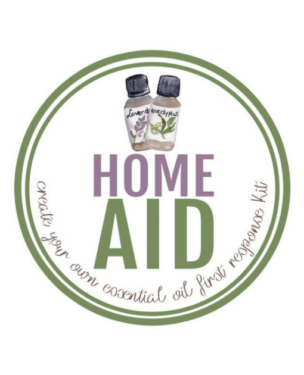

Leave a Comment